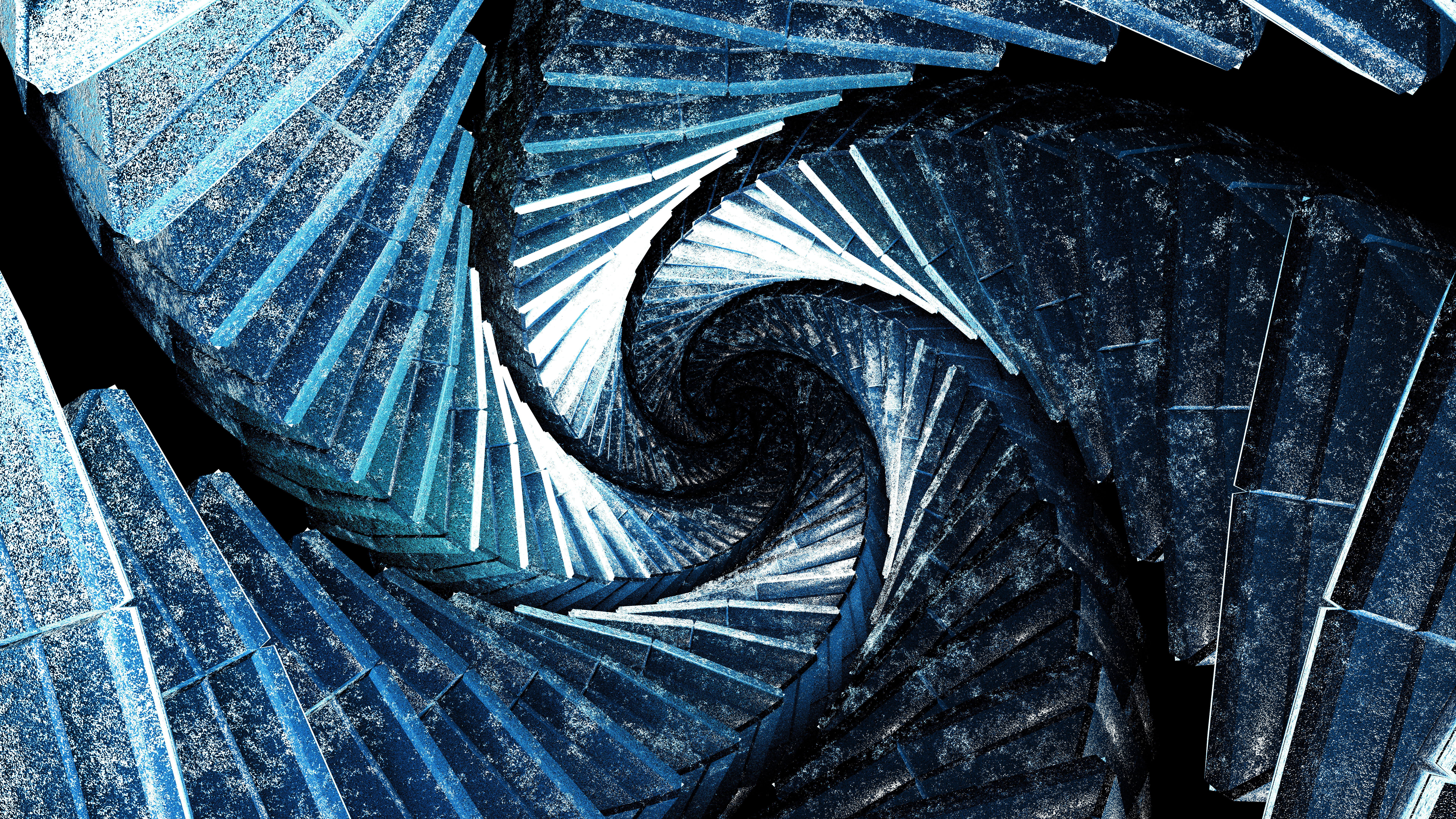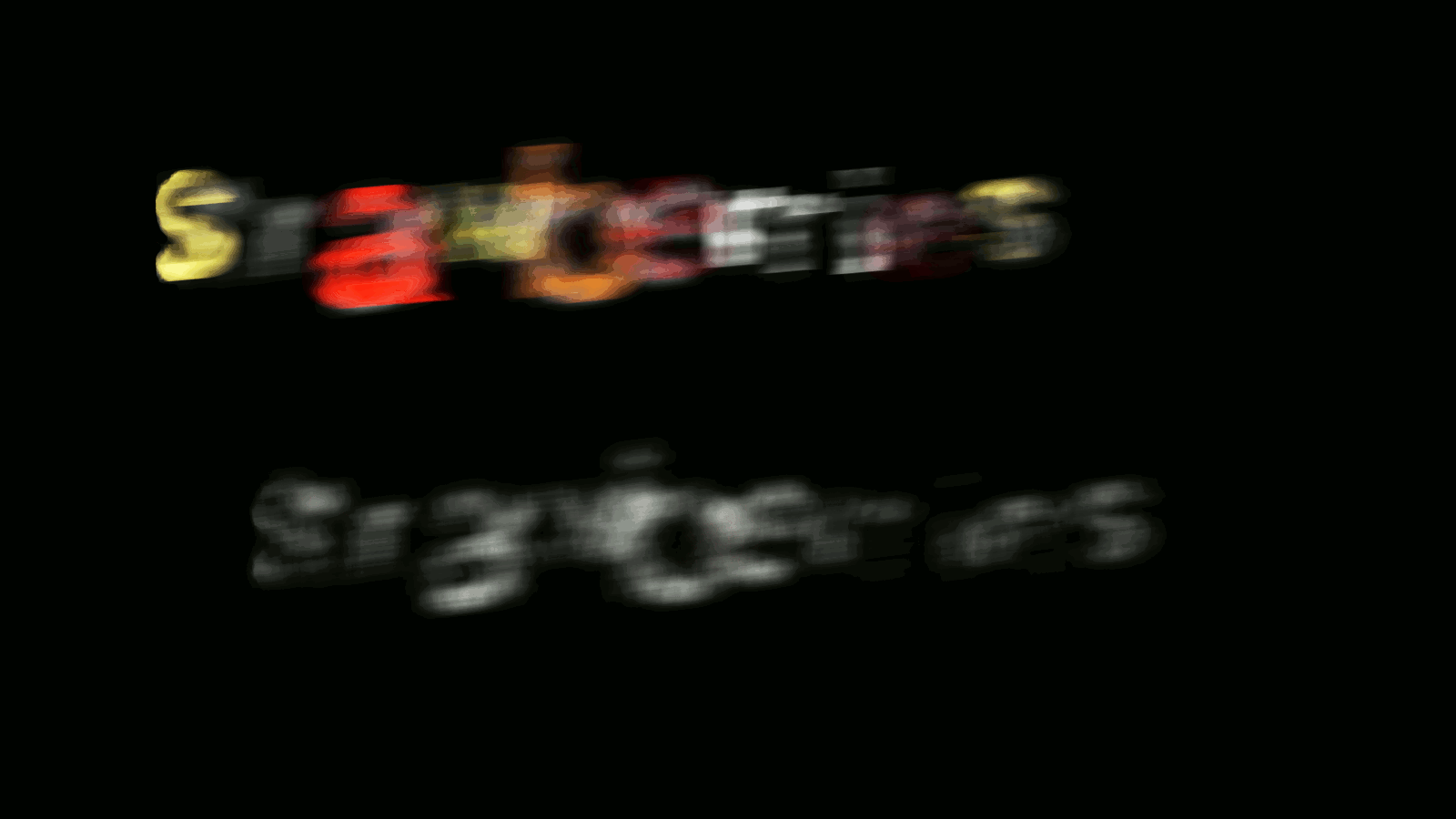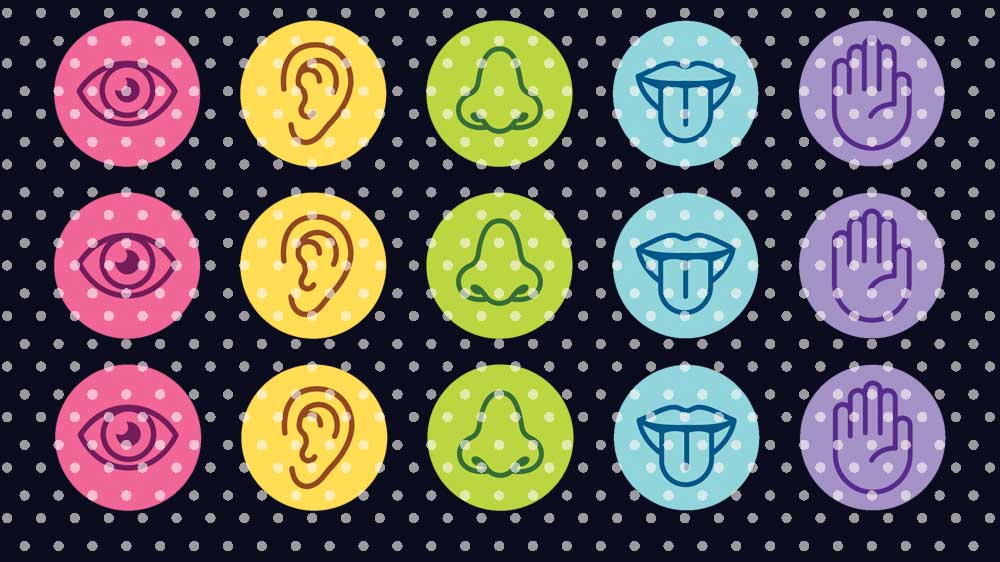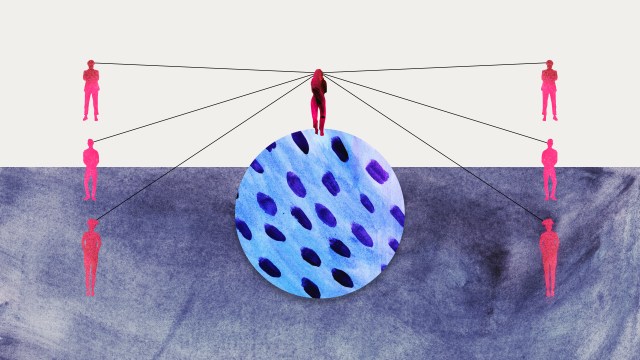Billie Eilish, Vincent van Gogh, and the trippy science of synesthesia
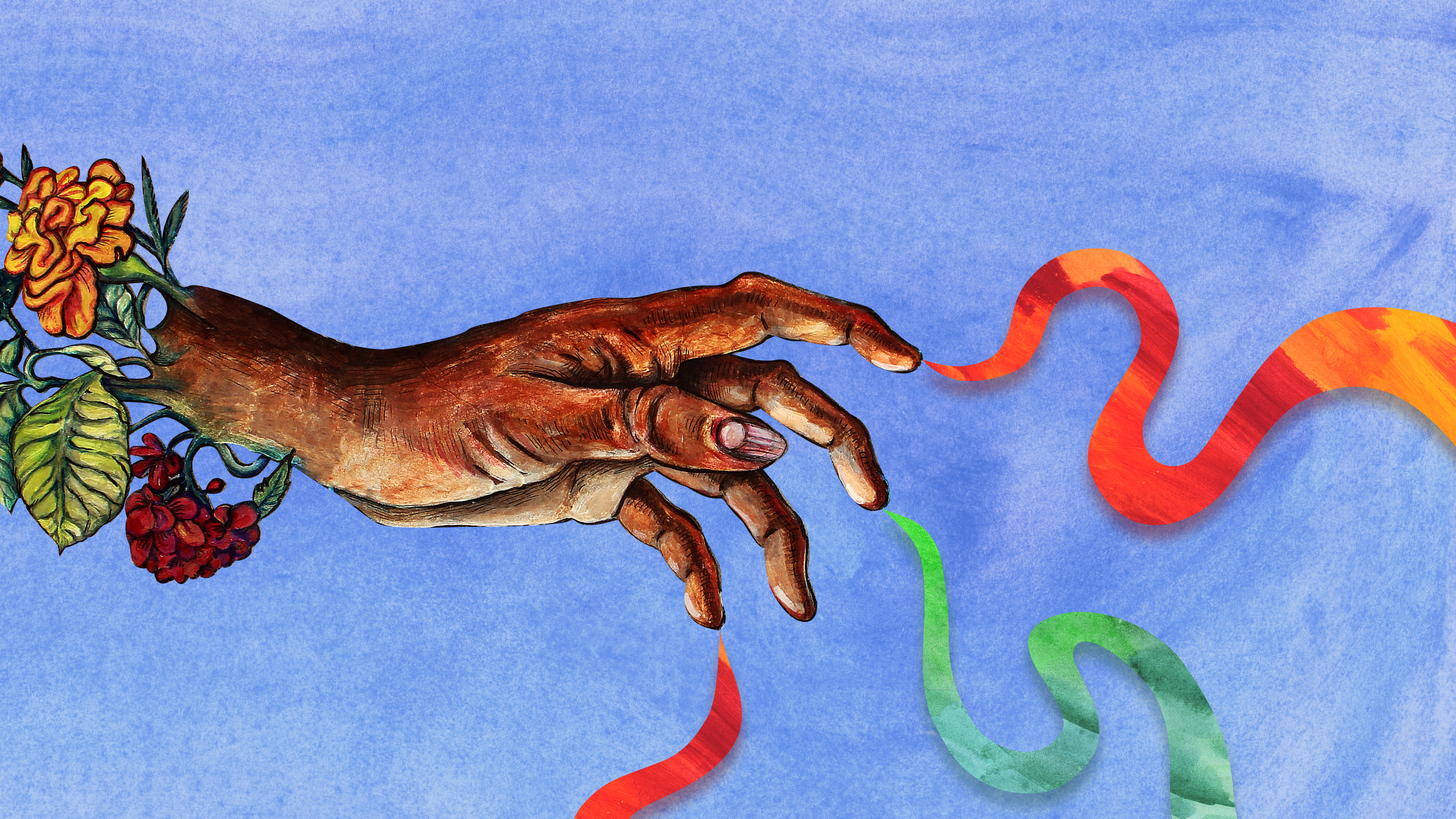
- For people with synesthesia, stimulation of one sense can trigger a “perceptual ricochet” in an entirely different sense.
- Synesthesia tends to be more prevalent among creative people, such as musicians and artists.
- Chemist Albert Hofmann experienced synesthesia as an effect of acid (LSD), which he discovered while working on a cereal fungus.
Some years ago, I was introduced to a fellow student on my grad course. She pondered my name for a moment before saying, “Ashley… Oh, that tastes of cabbage.” Putting aside what felt a little like a swipe, I quickly learned that Samara was one of those rare people who live with the extraordinary condition known as synesthesia. (Estimates variously put the incidence of synesthesia as low as one in every 2,000 people, or as high as one in every twenty-five.) Her everyday experiences were colored by unusual sensory interactions. When one of her senses was stimulated, it triggered an additional response, a kind of perceptual ricochet, in an entirely different sense.
Samara not only tasted names, she also gained an impression of colors whenever she listened to music. As with nearly all synesthetes, this incredibly rich, multisensory experience was entirely normal to her. So much so, in fact, that she had been surprised to learn some years earlier that not everyone sensed their surroundings as she did.
For most synesthetes, the sensory layering and melding is a positive part of their lives, one that augments and textures their sensations. Musicians and artists can gain an additional perspective to that which most of us enjoy, and it’s one that assists in creating their art. The jazz composer and band leader Duke Ellington experienced different colors when he heard the notes being played by other members of his ensemble, which allowed him to blend musical hues in his mind’s eye according to a kind of sonic palette.
In fact, there’s quite a list of musicians who experience tone-color synesthesia, from Franz Liszt to Billy Joel and from Stevie Wonder to Billie Eilish. It’s an ability that’s more prevalent among creative people, though it hasn’t always been viewed as a blessing. When the young Vincent van Gogh described his impression of notes having distinct colors to his piano teacher, the instructor thought he was mad and refused to continue the lessons.
Van Gogh described certain musical notes as Prussian blue, dark green, or bright cadmium, but while most of us lack the clarity of this imagery, we do tend to pair unrelated sights and sounds. For example, children learn to associate loud sounds with larger objects before the age of two. Less obviously, we consistently link high-pitched sounds to lighter and brighter colors compared to bass notes. These kinds of associations are so deep-rooted that even our closest animal relatives, chimpanzees, make the same connection.
Exactly why we do this isn’t clear, though our best guess is that we associate characteristics of the two different stimuli. Loud noises and large objects might match up because they share a similar intensity in our perception. High frequency sounds and brighter colors may go together for similar reasons. If that’s true, though, it’s harder to explain the link that we make between high-pitched sounds and smaller, spikier objects. Participants in a study run by the pioneering scholar of human perception, Lawrence Marks of Yale University, spontaneously matched high-pitched sounds to an upturned “V” while associating deeper sounds instead to an upturned “U.”
Marks’ experiment echoes the findings of the psychologist Wolfgang Köhler, who demonstrated another kind of association, one that matches sounds with patterns. Köhler designed two abstract shapes. One was a smooth, blobby outline while the other had a jagged appearance, like an irregular star. Alongside these, he asked participants to match a name to each of the shapes.
In his original study, on the Spanish island of Tenerife, the suggested names were Takete and Baluba, while in a later version, for English speakers, the options were Kiki and Bouba. Over the decades since the experiment was first run, participants have overwhelmingly opted to give the spiky, star shape the correspondingly sharp-sounding names Takete or Kiki and called the smooth globule Baluba or Bouba. This naming pattern is chosen by something like 98 per cent of people; it’s clear that the words we elect to use to identify visual images are far from arbitrary.
It seems to suit our brain to marry the abstract properties of the shapes and the words, putting together a kind of rounded word with the congruent shape and the jagged shape with an appropriately spiky name. In both this example, mapping shape morphology to the sounds of words, and the one connecting musical pitch to brightness, the brain is binding two different yet somehow corresponding sensory attributes. Perhaps it gives those of us who aren’t synesthetes something of the experience of how what we perceive by one sense can percolate through to influence others.
Cereal fungus
There are other circumstances under which non-synesthetes can gain an insight into what it’s like when the senses bleed into one another. One of these comes courtesy of an invention by a Swiss chemist, Albert Hofmann. In 1936, Hofmann was working on a cereal fungus, known as ergot. For at least as long as people have been growing and eating crops like rye and wheat, contaminated grains had induced seizures and vivid hallucinations, or even gangrene in people who’d eaten goods baked from flour that had been milled using ergot-infested crops. Distinct from such horrors, however, it was thought that ergot showed promise as a source of new pharmaceuticals. Hofmann’s aim was to produce a drug that could be used as a respiratory stimulant, but though he painstakingly isolated the active ingredients, his efforts came to little.
Having fallen out of favor, the project languished in the back of Hofmann’s mind until a few years later, on a hunch, he decided to reproduce his experiments. This time, he accidentally absorbed a trace amount of the purified material through his skin and went on what was most likely the world’s first acid trip. Emboldened by the experience, he deliberately injected himself with a little more of a compound that in his initial work he’d labelled as LSD, and later described the experience beautifully in his journal.
“Kaleidoscopic, fantastic images surged in on me, alternating, variegated, opening and then closing themselves in circles and spirals, exploding in colored fountains, rearranging and hybridizing themselves in constant flux. It was particularly remarkable how every acoustic perception, such as the sound of a door handle or a passing automobile, became transformed into optical perceptions. Every sound generated a vividly changing image, with its own consistent form and color.”
Hofmann was hallucinating, and his discovery, which he referred to affectionately as his “problem child,” had somehow transformed him, albeit transiently, into a kind of narcotic-baked synesthete.
